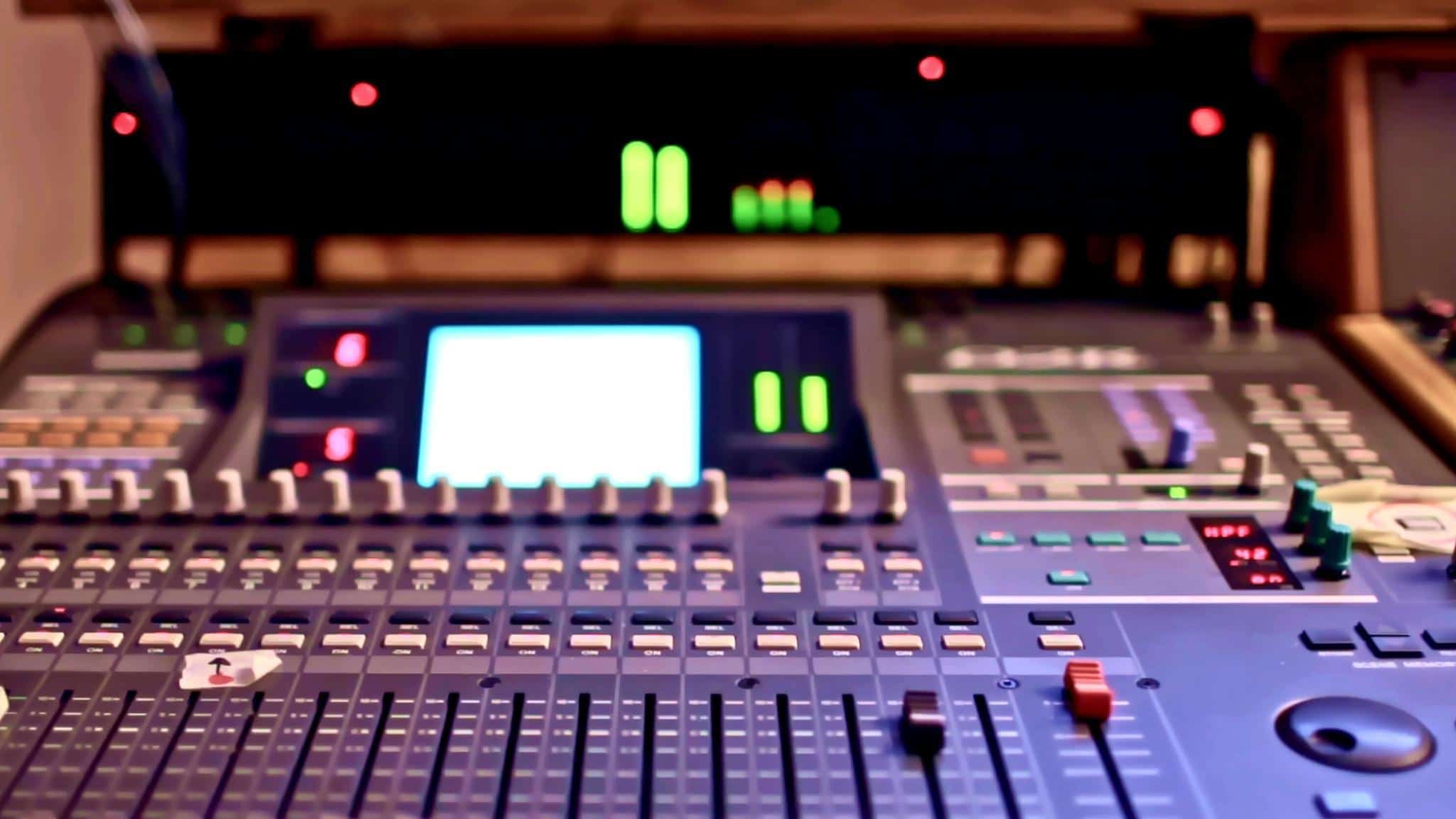In music, headroom is the amount of space or “margin” between a peak level and the average level. The headroom allows for momentary peaks in the signal without clipping (distorting).
For example, if a song has a loudest part that reaches -3 dBFS, and the average level is -6 dBFS, there is 3 dB of headroom.
The song will be recorded at -3 dBFS, and the average level will be much lower than that and won’t clip or distort because it was captured by the recorder without peaking anywhere near 0dBFS.

Headroom for digital audio
When recording in digital audio, having enough headroom is very important to avoid issues like clipping, distortion, and other forms of quality reduction.
If your recorder is running at 0dBFS but you have a loud peak in the audio, it will clip because there’s nowhere else for that signal to go. Digital audio is unforgiving when it comes to clipping like this.
Headroom for live music
Headroom also applies very loosely to recording live music in general. If the audio is too loud and peaks at 0dBFS, it will clip.
Having 3-6 dB of headroom is usually plenty for live music recording, as long as your recorder can handle the highest peak levels without clipping.
How much headroom should you have in recordings?
If you’re not sure how much headroom to allow, start with 6 dB and see how that goes. If you’re recording something very quiet, you can lower the headroom to 3 dB or even less.
If you find that your recorder is clipping even with 6 dB of headroom, try raising the input level on your recorder until the clipping stops.
Conclusion
In short, headroom is important for getting clean recordings without distortion. Make sure you have enough headroom to avoid problems, but don’t go overboard or you’ll end up with very low-level recordings.
I'm Joost Nusselder, the founder of Neaera and a content marketer, dad, and love trying out new equipment with guitar at the heart of my passion, and together with my team, I've been creating in-depth blog articles since 2020 to help loyal readers with recording and guitar tips.

